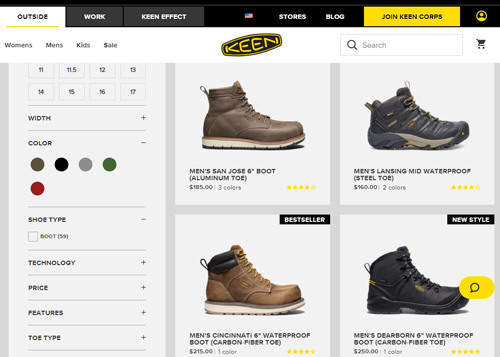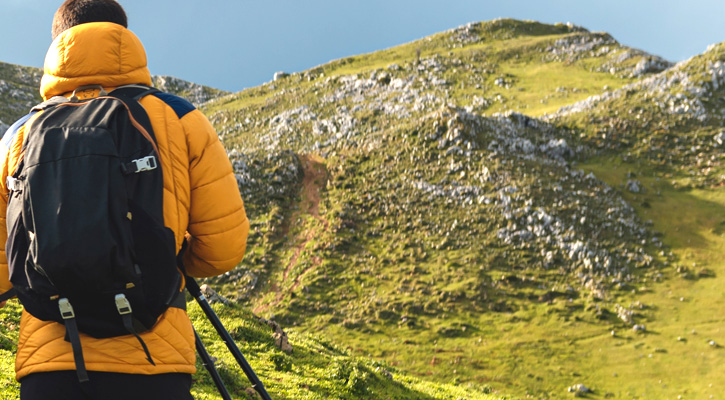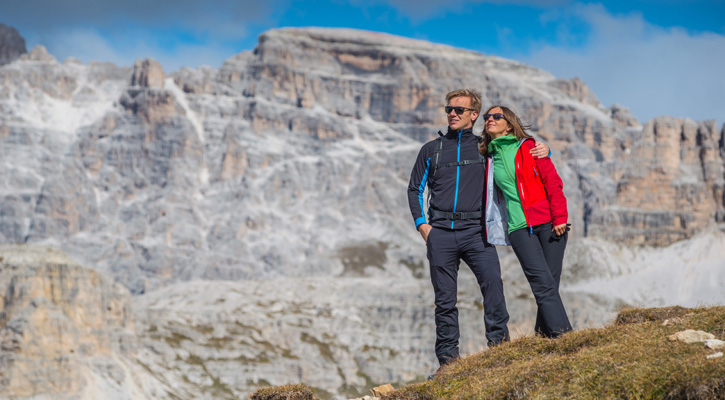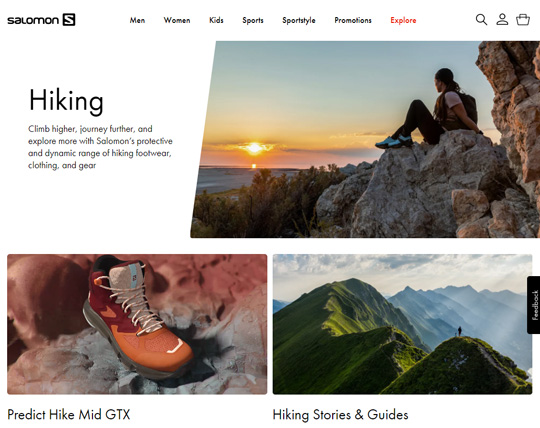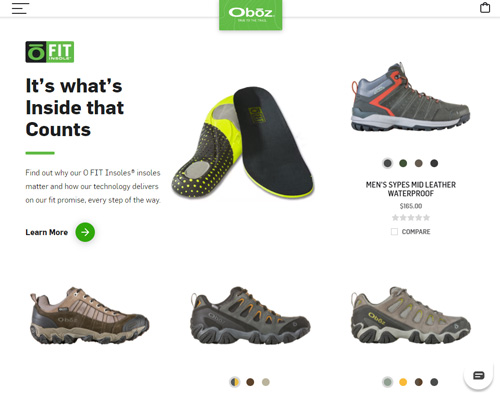
When it comes to choosing the perfect hiking boot, two great options are the Keen Men’s Revel IV Polar Waterproof Boot and the Oboz Men’s Bridger Mid Waterproof Hiking Boot.
Each boot brings its unique strengths to the table, catering to different adventurers and conditions.
The Keen Revel IV is designed for cold-weather excursions, featuring impressive insulation and traction to tackle snowy terrains, while the Oboz Bridger Mid shines with its durability and comfort for various hiking environments.
In this article, we’ll see the features, materials, and benefits of each boot to help you decide which one is the best fit for your next outdoor adventure.


